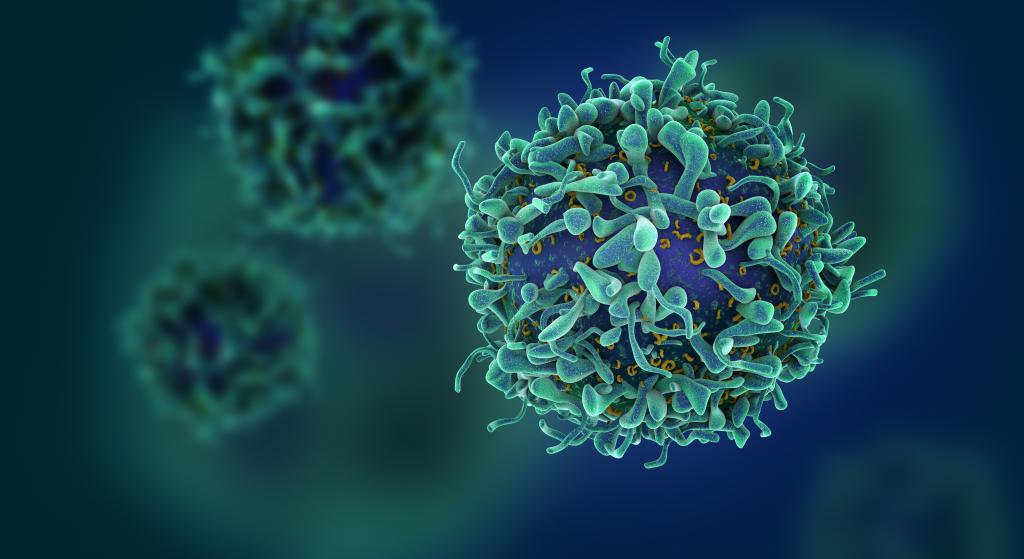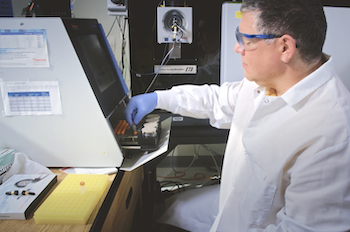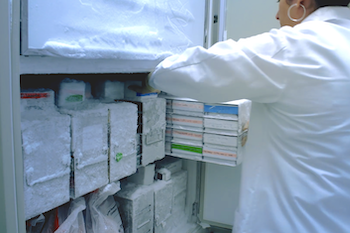Admission CTAs
Mason Pioneers Tackle Concussion Diagnosis and Monitoring with Saliva
Mason researchers Emanuel “Chip” Petricoin and Shane Caswell connected across disciplines to address a slippery problem: diagnosing and monitoring concussions.
Diagnosis for concussions and the decision on when a person can resume normal activities often rely on the subjective observations of care providers. Trauma that is sub-concussive, but still potentially harmful, is even less observable. Petricoin, university professor in the College of Science and co-director of the Center of Applied Proteomics and Molecular Medicine (CAPMM) and Caswell, professor in the College of Education and Human Development and executive director of the Sports Medicine Assessment Research & Testing Laboratory (S.M.A.R.T. Lab), aim to reconstruct the diagnostic and monitoring standard with measurable thresholds of protein biomarkers in the saliva of the potentially concussed and sub-concussed.
Petricoin and his team were looking for new applications for a nanotechnology he and his colleagues in CAPMM invented that collects and traps ultra-low abundance biomarkers that are spread out in a sample, similar to how a crab trap attracts and holds crabs spread out on the surrounding seafloor. Caswell had an interest in improving the health and safety of youth and scholastic athletes in Virginia. The two combined the cutting-edge technology and the difficult problem of concussions, resulting in sideline saliva collection and rapid detection of novel biomarkers that indicate concussions.
“The study is completely unique in the world,” Petricoin said. “Previous studies have looked at blood and spinal fluid for concussion markers, which require invasive sampling and lack the ability to identify low-abundance markers.”
The team aspires to a test, much like a pregnancy test except using saliva, that can be administered in the field using saliva collected after a hard impact. Such a test would have applications beyond student athletes, including in the U.S. military after blast exposure. When the biomarker concentrations return to normal, it would be a quantifiable indication that a person is ready to get back on the playing field or return to military duty without compounding the injury.
For now, they are working with local sports teams to collect samples and determine baselines for the biomarkers of interest; they have already identified a handful of proteins from samples of athletes with concussions that do not appear in samples from athletes that are not concussed. Sports teams participating in the research wear accelerometers on their helmets that help determine how many impacts are sustained during play and how hard those impacts are. The team of researchers has collected and stored hundreds of samples, making George Mason University home to first and largest biobanks for salivary samples of sports-related brain trauma. These samples are the stepping stones to non-invasively and objectively diagnosing and monitoring concussions and sub-concussive events.


